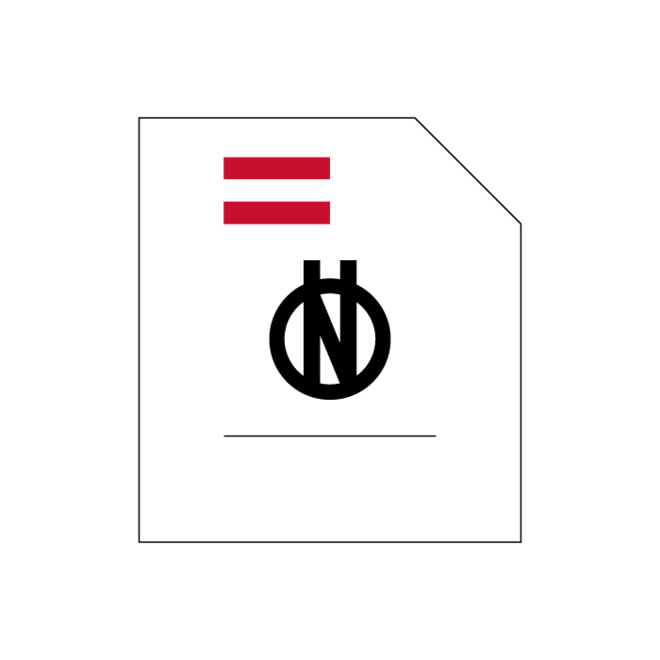Please select and order
€109.76
excl. VAT
Add to cart
Norm
ÖNORM EN ISO 6520-2
Issue date: 2002 03 01
Welding and allied processes - Classification of geometric imperfections in metallic materials - Part 2: Welding with pressure (ISO 6520-2:2001)
This European Standard collects and classifies the possible imperfections in welds made with pressure. A uniform designation is specified. Only the type, shape and dimens...
Withdrawn: 2014 02 01
Publisher:
Austrian Standards International
Format:
Digital | 29 Pages
Language:
German
| English
| Download GER/ENG
Currently valid:
Optionally co-design standards:
ICS
This European Standard collects and classifies the possible imperfections in welds made with pressure. A uniform designation is specified. Only the type, shape and dimensions of the different imperfections caused by welding with pressure are included. Metallurgical deviations are not taken into account. Imperfections produced other than by the welding operation, for example additional stresses, loads orenvironmental factors are not covered by this standard. Information concerning the consequences of the mentioned imperfections and the use of particular structures is not given because this depends on the specific requirements of the joint.
ÖNORM EN ISO 6520-2
2014 02 01
Welding and allied processes - Classification of geometric imperfections in metallic materials - Par...
Norm
ÖNORM EN ISO 6520-2
2002 03 01
Welding and allied processes - Classification of geometric imperfections in metallic materials - Par...
Norm
↖
Norm
Issue date :
2007 09 01
Welding and allied processes - Classification of geometric imperfections in metallic materials - Part 1: Fusion welding (ISO 6520-1:2007) (multilingual version: de/en/fr)
Norm
Issue date :
2014 02 01
Welding and allied processes - Classification of geometric imperfections in metallic materials - Part 2: Welding with pressure (ISO 6520-2:2013)
Norm
Issue date :
2001 12 20
Welding and allied processes — Classification of geometric imperfections in metallic materials — Part 2: Welding with pressure




